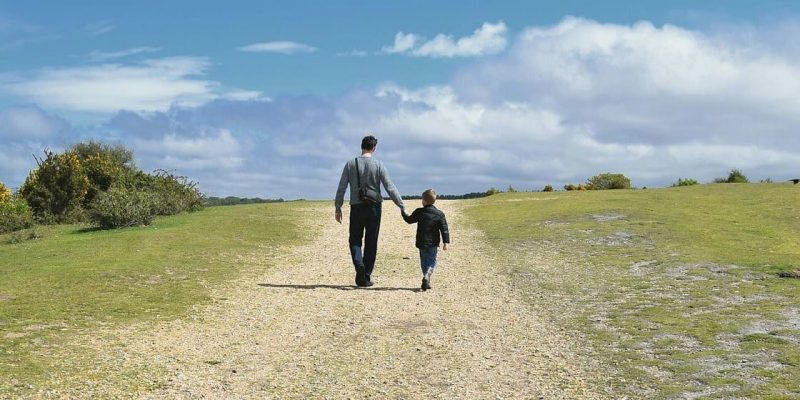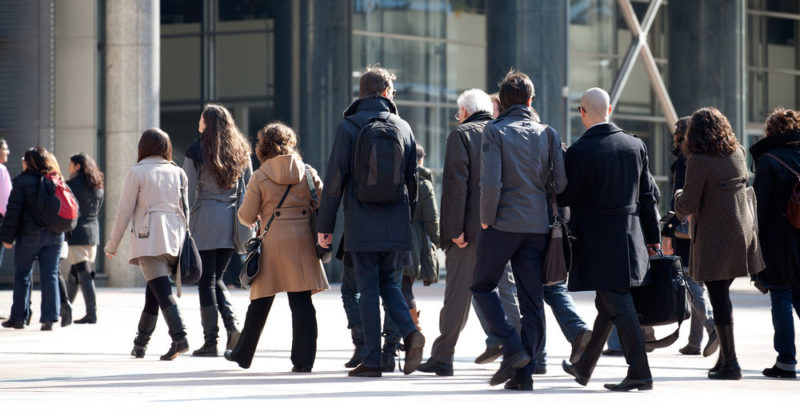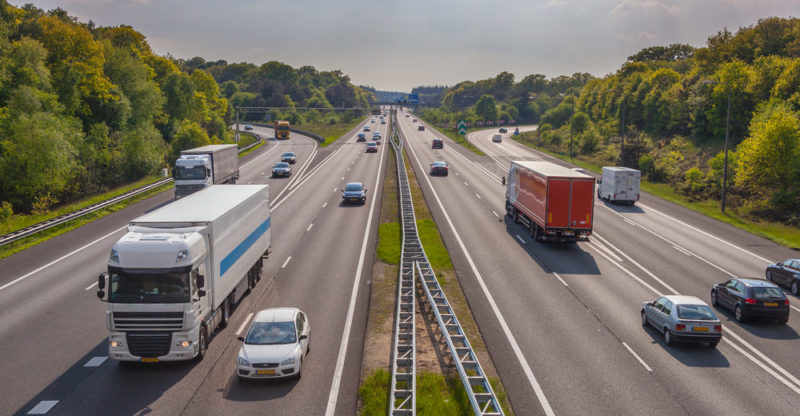We explain how the rural and urban populations differ, the lifestyles they present and what their main characteristics are.
How are rural and urban populations different?
The rural population is the group of people who live in the countryside and in areas far from cities or in settlements with less than 2,500 inhabitants. On the other hand, an urban population is considered to be one that lives in settlements with more than 2,500 inhabitants, where there is a greater development of infrastructure.
The rural population has few means of transportation and municipal services (for example, there is only electricity in certain areas and the water comes from underground water sources). The economy of the rural area is based on the industries of the primary sector (agriculture).
The urban population has multiple means of transport and a large number of services (such as street lighting, a water distribution network, sewers, among others). The city’s economy is based on the development of different sectors: secondary (industrial), tertiary (or services), quaternary (intellectual) and quinary (non-profit).
Characteristics of life in rural areas

Life in rural areas is characterized by:
- The low density of the population.
- The natural landscape and the fields for sowing, which abound on the few buildings.
- The types of constructions are usually farm houses or industries , widely separated from each other.
- Agriculture is the main industry that allows life in the countryside .
- The availability of services is very limited (for example, public lighting, available only on some of the main access routes).
Characteristics of life in the city

Life in cities is characterized by:
- The high density of the population.
- The landscape altered by human intervention .
- The type of building, which is usually vertical.
- The cost of land for homes and businesses is high given the constant demand .
- The great concentration of economic activities.
- The wide variety of services (such as transportation, educational, health, among others).
- The high cost of living (increases the value of property, food, transportation, education and health, among others).
The passage from the rural area to the city

The change from rural to urban lifestyle occurred, significantly, after the Industrial Revolution (between 1760 and 1840). The new unprecedented technological development impacted all five sectors of economic activity. In the field case, the technology applied to the agricultural industry replaced manual work.
Large metropolises arose and towns called “suburbs” were concentrated around them , with a lower population density and less availability of services but which, due to their proximity to a large city, could access services and shops.
One of the main reasons why people changed their lifestyles and left the countryside to settle in the cities was economic. Large cities used to have a greater job offer , which represented more possibilities of access to study, health and professional development.
In the case of Mexico , during the last decades there has been a decrease in the percentage of people who live in rural communities. In 1950, 57% of the total population of the country lived in rural areas , in 1990 it corresponded to 29% and in 2010 it was 22%. Life in the country changed significantly.
Consequences of the growth of cities

The main consequences of the growth of cities are:
- Change of the natural landscape. The ecosystem suffered irreparable damage, destruction and changes in biodiversity , due to the construction of roads, highways, buildings and engineering works, necessary for the development of large urban centers.
- Greater contamination . Urban growth implied a greater development of public transport, private and commercial vehicles. The pollution of air and noise were excessive, especially with the constant and inevitable traffic jams during times of higher concentration (when people go to their jobs or when returning home after the day).
The above content published at Collaborative Research Group is for informational and educational purposes only and has been developed by referring reliable sources and recommendations from technology experts. We do not have any contact with official entities nor do we intend to replace the information that they emit.














